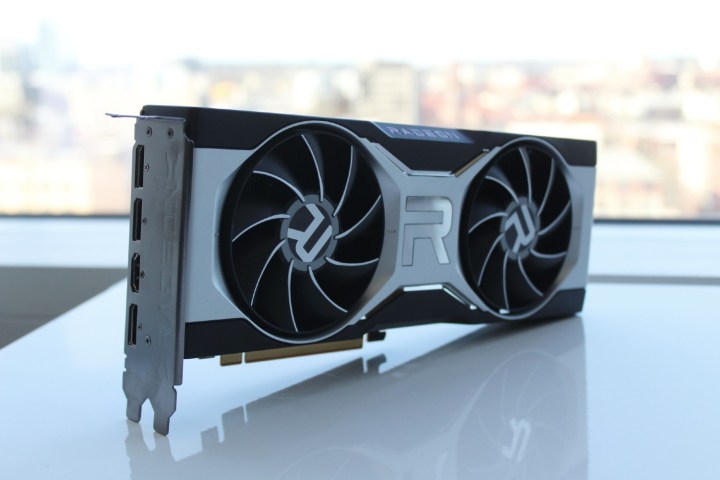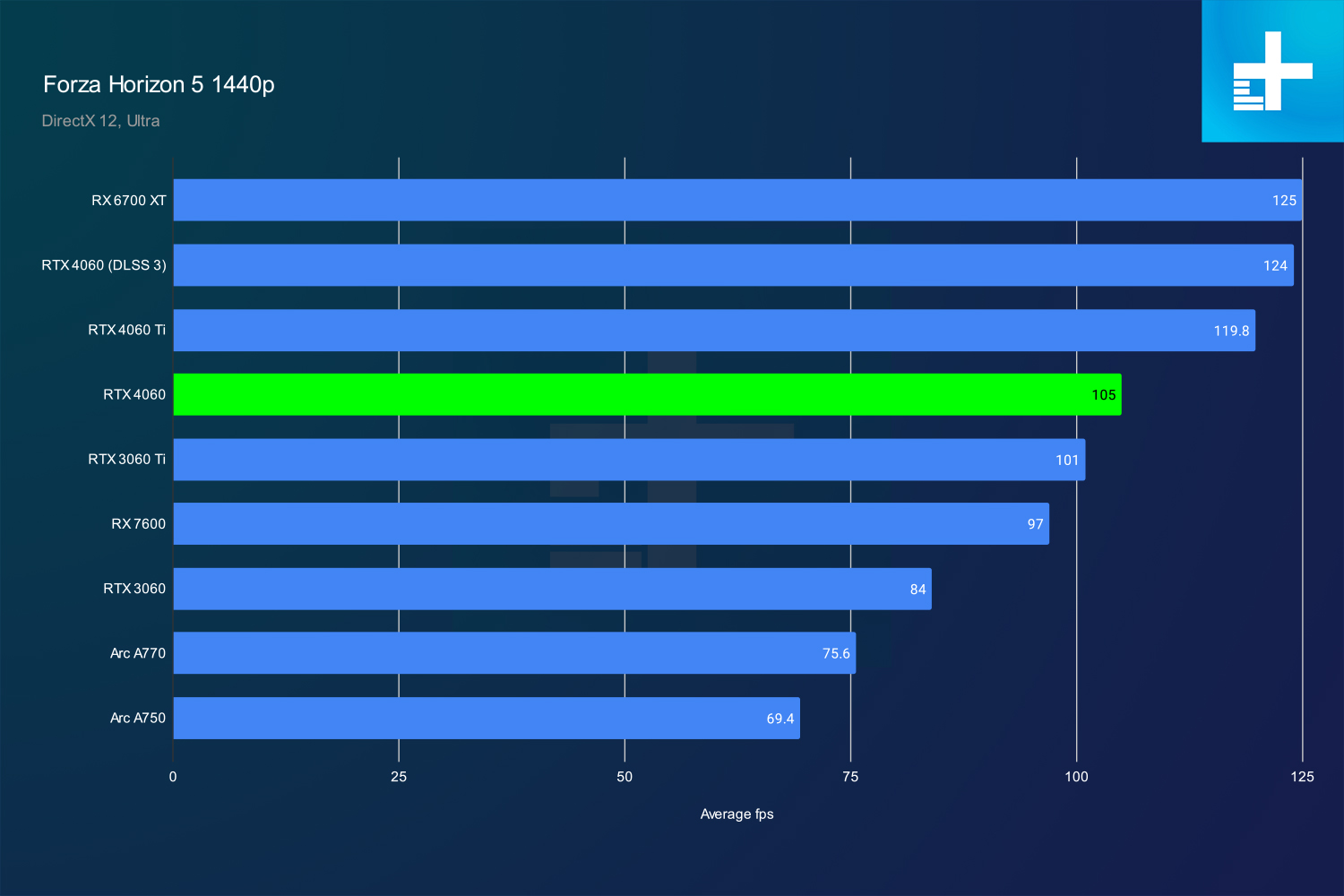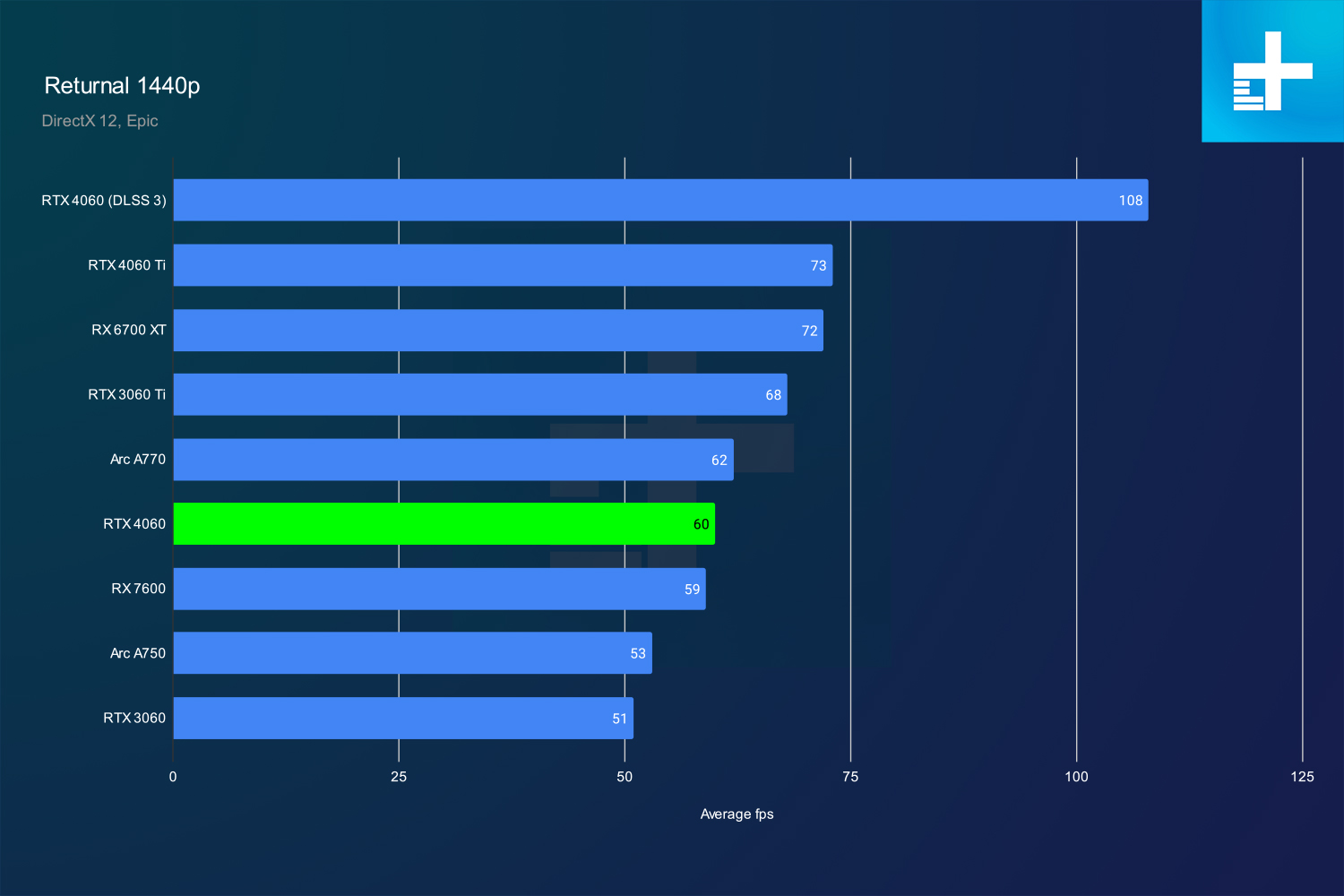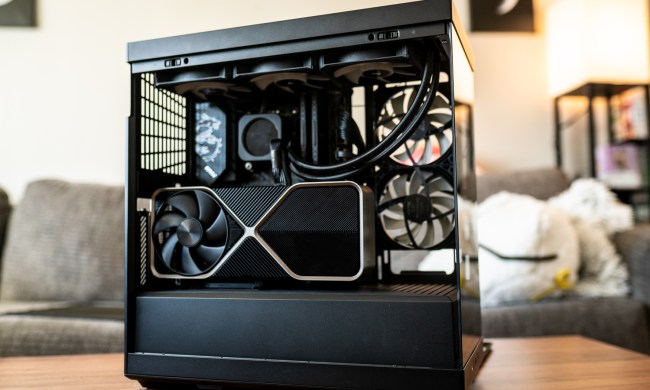
Since Nvidia and AMD announced their next-gen GPUs, budget PC builders have been waiting with bated breath to see what the companies could deliver in the midrange sweet spot of $300 to $400. Unfortunately, the answer hasn’t been pretty.
Nvidia’s RTX 4060 Ti launched to near-universal dissatisfaction, while AMD’s RX 7600, although a decent GPU, carried a lot of caveats. Even Nvidia’s value-focused RTX 4060 failed to impress, largely due to the fact that it’s beaten by last-gen options around the same price.
And around all of these GPU launches, there has been one card at the center: AMD’s RX 6700 XT. Launched more than two years ago, it was an impressive GPU that was mostly overlooked due to the fact that it arrived in the midst of a GPU shortage. That’s not to mention the fact it was overpriced to begin with, as AMD (and Nvidia) capitalized on the insatiable demand for GPUs during that time.

That dust has settled now, however, and prices have gone down. Without a ton of options in the midrange from Nvidia and AMD, the RX 6700 XT has slowly become the crowning jewel of the $300 to $400 price point, and there are a few key reasons why.
First, its raw performance. The RX 6700 XT was supposed to trade blows with Nvidia’s RTX 3070. It doesn’t. Nvidia’s GPU is faster. That math changes with how the pricing is for the RX 6700 XT now, though. You can find the card for as low as $320, along with its juiced-up sibling the RX 6750 XT for around $360.

At that price, the RX 6700 XT looks much more attractive. As you can see above, it’s around the same level as last-gen’s RTX 3060 Ti, beating out the RTX 4060 for around the same price. It’s not quite as fast as the RTX 4060 Ti, but it’s also a lot cheaper.
Now, I don’t want to leave Nvidia out in the cold here. The RTX 3060 Ti has seen some price drops as of late, as well, and you can find it for around $330. Most models run closer to $350, but it’s still a great option at that price. It even has an edge over the RX 6700 XT in some areas. It’s faster with games that support ray tracing and it unlocks Nvidia’s excellent Deep Learning Super Sampling (DLSS).

The RX 6700 XT still has some unique advantages, though. Overall, the RTX 3060 Ti and RX 6700 XT are evenly matched, but that includes games with ray tracing. Take ray tracing out of the mix, and AMD’s GPU takes the lead. Take Resident Evil 4 as 1440p as an example. The RX 6700 XT is 11% faster than the RTX 3060 Ti, nearly matching the RTX 4060 Ti.
And in Forza Horizon 5, the RX 6700 XT is not only 20% faster than the RTX 3060 Ti, it even manages to beat the RTX 4060 Ti. This jump isn’t universal across games. In Cyberpunk 2077, for example, the RX 6700 XT and RTX 3060 Ti are evenly matched, while in Returnal and Assassin’s Creed Valhalla, the RX 6700 XT is only a few frames ahead.

The RX 6700 XT excels with its raw, rasterized performance now that prices have dropped. If you want ray tracing, however, the RTX 3060 Ti still has an edge, even if that means giving up some performance in other games. In Cyberpunk 2077, for instance, the RX 6700 XT can’t maintain 30 frames per second (fps) while the RTX 3060 Ti pushes near 40 fps, and that’s before turning DLSS on.
There’s another pro in the RX 6700 XT’s camp, though: 12GB of VRAM. We’ve seen more and more over the past year how games are stressing the amount of VRAM on GPUs, and the RX 6700 XT comes out on top in that battle. Resident Evil 4 is a prime example. A big reason why the RX 6700 XT is able to stretch its legs in that title is that it requires a lot of VRAM, allowing it to claim a clear lead over the RTX 3060 Ti.

Similarly, in The Last of Us Part One, the extra VRAM helps the RX 6700 XT claim a 12% lead over the RTX 3060 Ti (along with a massive 22% jump over the RTX 4060 Ti due to that GPU’s constrained memory interface).

There are a lot of games where VRAM isn’t a concern, and in those titles, the RX 6700 XT matches or slightly exceeds the RTX 3060 Ti without ray tracing. However, we’ve seen enough games that stress VRAM this year alone to call it a legitimate concern. There are half a dozen titles released this year that have run into VRAM problems, and there will likely be more in the future. The RX 6700 XT is better equipped to handle those games than any of the current-gen options from AMD and Nvidia.
I don’t want to leave this saying the RX 6700 XT is the best graphics card for everyone. If you’re looking at the cutting-edge like Cyberpunk 2077‘s path tracing mode, Nvidia still has a massive lead. Unfortunately, in this generation, that usually means sacrificing performance in other games, which is why the RX 6700 XT has become the de facto recommendation for budget-minded gamers, despite the fact that it’s two years old.







